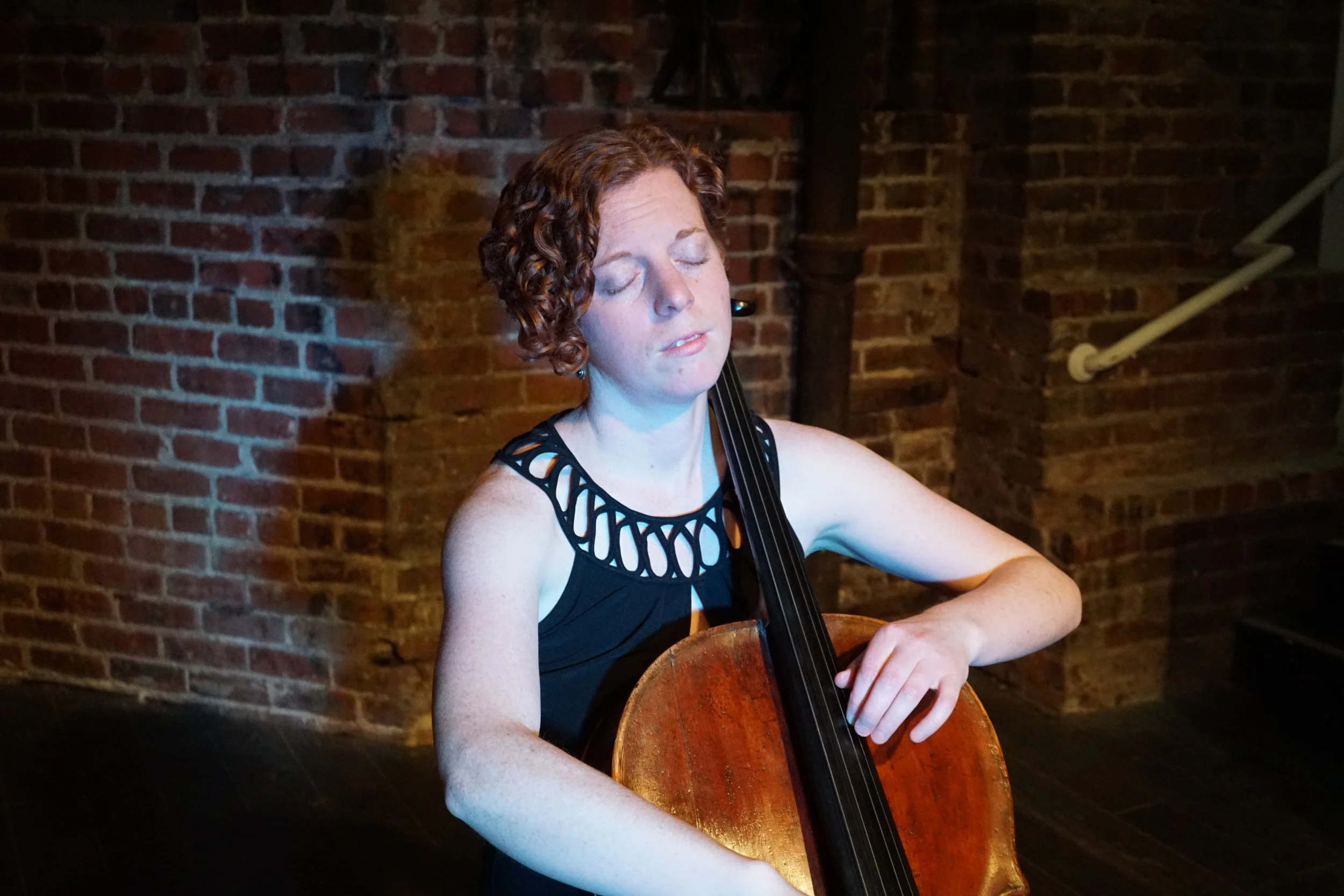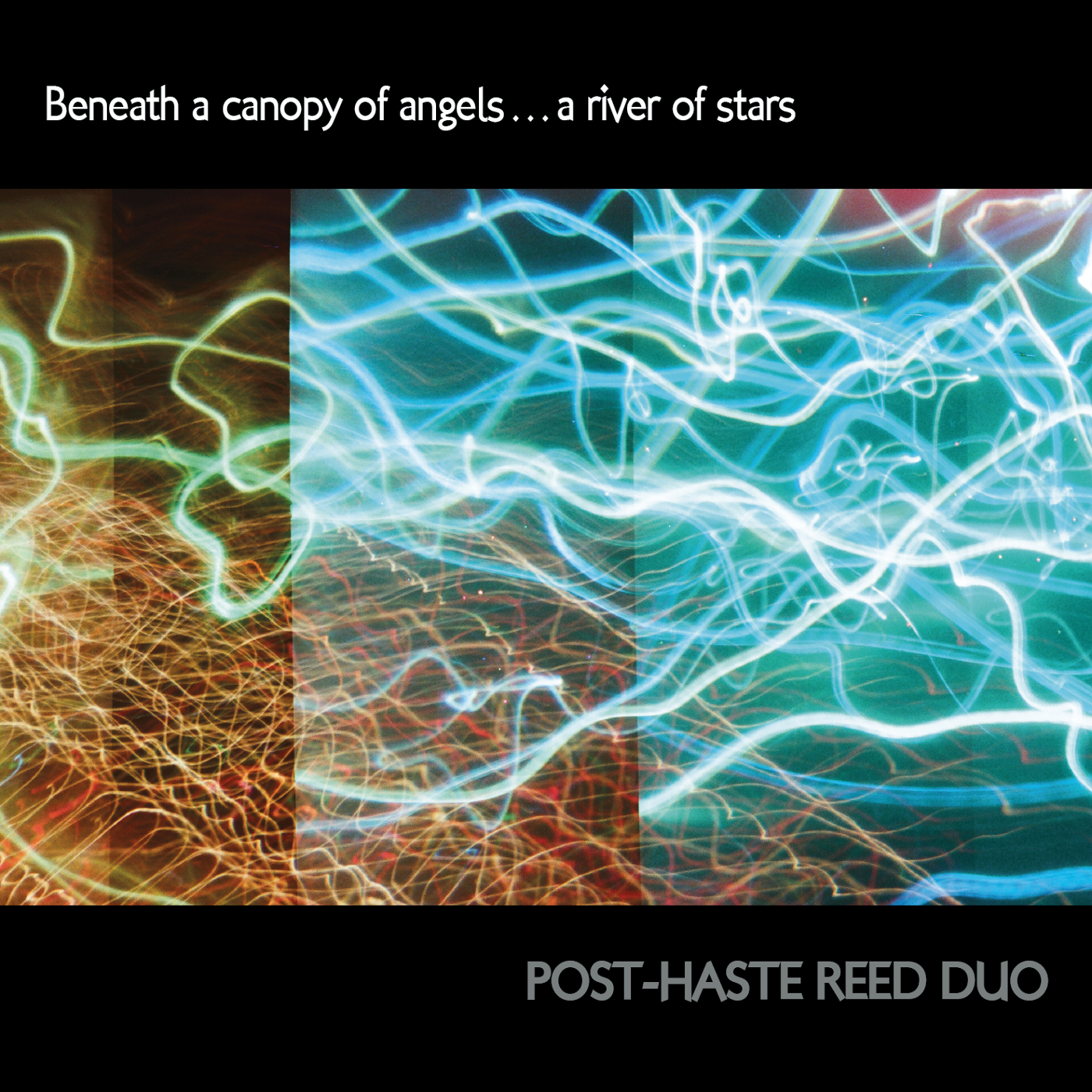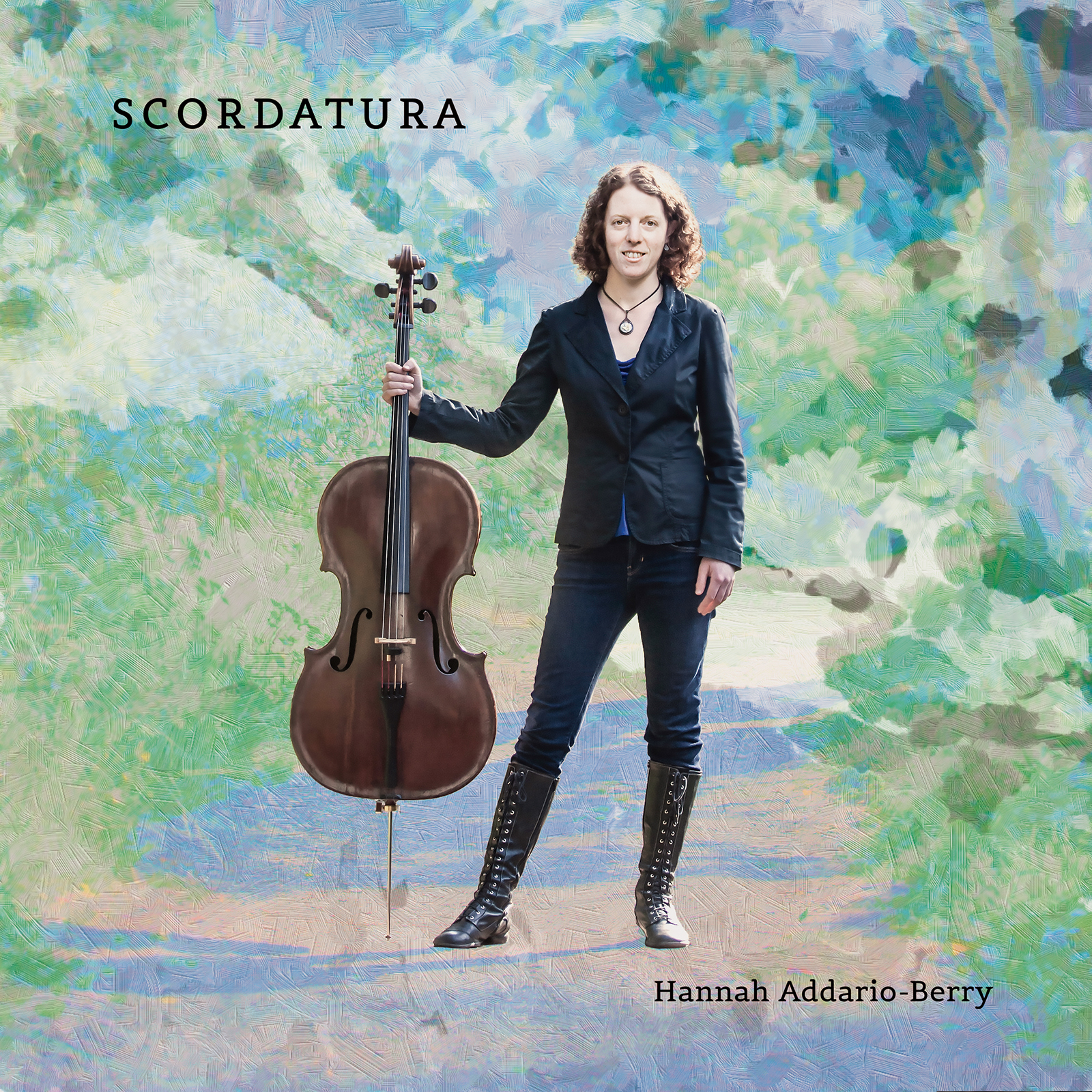This article originally appeared in Issue 40:4 (Mar/Apr 2017) of Fanfare Magazine.
VARIETY SHOW • A/B Duo • AEROCADE 005 (61:41)
MCGOWAN Ricochet. DICKE Isla. REINKEMEYER Wrought Iron. BAKER Limb. BROWNING Sol Moon Rocker. FREDERICKSON Breathing Bridge. RANDALL-MYERS Glitch.
With this duo release, the Aerocade label continues along its path of presenting excellent recent compositions in excellent sound. I’ll admit to unfamiliarity with the composers whose works are on offer here, but their quality and intrigue is matched by first-rate performances and a very warm but detailed recording.
One of the most satisfying pieces on this well-filled disc is Ian Dicke’s Isla, composed in 2012. Dicke follows in the footsteps of such composers as Scott Johnson and Pierre Boulez in that he integrates acoustic and electronic soundworlds quite convincingly into this widely varied piece for flute, vibraphone, and live audio processing. Like Johnson, speech is an integral component, but in this case, it is chopped up into micro-fragments that mirror and drive the instrumental rhythms and timbres forward. The A/B Duo creates an integrated yet somehow also heterogeneous sound, and this is also the case on the rhythmically dizzying Glitch, by Brendan Randall-Myers, composed in 2015 and commissioned by the Duo. There, the electronic world has a direct influence on how acoustic instruments are played, bringing those early Stockhausen visions to some kind of fruition. The electronic soundscapes on which this constantly changing piece is based recall the improvised music of trios such as Phronesis, Meerenai Shim, and Christopher Jones, and the intimate familiarity here with those sounds is like a Classical-era ensemble handling the rhetoric of contemporaneous dance forms, to site only one example.
If all of this sounds too far afield of the classical music mainstream, take heart, as there’s even some of what Frank Zappa called “a bit of nostalgia for the old folks.” Andrea Reinkemeyer composed Wrought Iron (2012, on a commission from the Albany Symphony and for the Troy Savings Bank Music Hall, an acoustically marvelous space I’ve loved for many years). The piece takes on tropes like Debussy and Ravel, and possibly a little Stravinsky thrown in for good measure; it’s hauntingly melodic and fun, dancing and almost running its way forward. There may even be a little Zappa in the syncopation and in the whimsical handling of modes.
While I single out these works for discussion, every piece in this program is well worth hearing. As with the other discs on this new label, programming is superb, the instrumentation creating unity while variety is maintained by the order of pieces and of composers. I await future Aerocade releases with eager anticipation. Marc Medwin






















